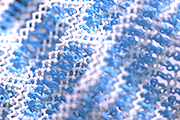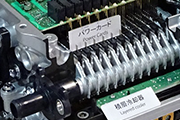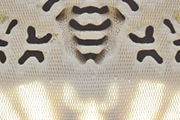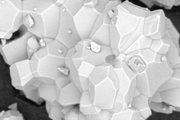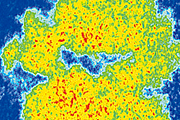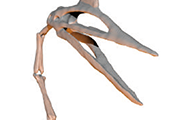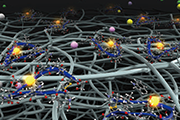Damage-Resistant Electronic Skin with Autonomous Self-Rerouting Sensor Network
A study conducted by Takashi Ozaki et.al. was published in the Nature Communications.
Electronic skin ("e-Skin") is crucial for robots to interact naturally and collaboratively with humans by sensitively sensing their surroundings. However, external e-Skins are vulnerable to severe damages, such as cuts or impacts, limiting their practical reliability. Traditional e-Skins typically require significant computing resources, resulting in high cost, power consumption, and operational delays, thus hindering scalability.
To overcome these limitations, we have developed a novel autonomous self-rerouting sensor network embedded in electronic skin. Each sensor node consists of only a minimal number of logic circuits, enabling real-time detection and immediate reconstruction of communication paths in response to severe physical damages. The prototype demonstrates extremely low power consumption (1.88 µW per node at 1 kHz sampling) and remarkably compact circuit design. These features ensure robust and continuous sensor operation even after substantial damage, significantly advancing the practical implementation and scalability of safe, human-friendly robotic systems.
Title: Self-rerouting Sensor Network for Electronic Skin Resilient to Severe Damage
Authors: Ozaki, T., Ohta, N., Fujiyoshi, M.
Journal Name: Nature Communications
Published: January 30, 2025
https://doi.org/10.1038/s41467-025-56596-1


















